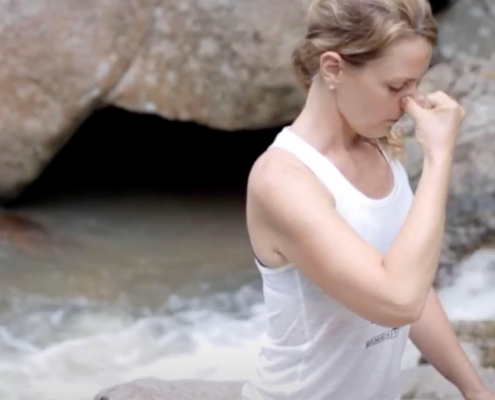 https://samahitaretreat.com/wp-content/uploads/2020/09/paul-nauli-training.jpg
480
480
Dr. Paul Dallaghan
http://samahitaretreat.com/wp-content/uploads/2024/01/samahita-logo-v2.svg
Dr. Paul Dallaghan2020-09-08 06:42:562023-11-02 04:46:421 Minute Yoga – Nauli Training
https://samahitaretreat.com/wp-content/uploads/2020/09/paul-nauli-training.jpg
480
480
Dr. Paul Dallaghan
http://samahitaretreat.com/wp-content/uploads/2024/01/samahita-logo-v2.svg
Dr. Paul Dallaghan2020-09-08 06:42:562023-11-02 04:46:421 Minute Yoga – Nauli TrainingWhat is Pranayama? Pranayama as a specific yogic approach to breathwork: the art of no breath
Prānāyāma has been referred to in modern literature as ‘yogic breathing’. This is an attempt to differentiate breathing exercises as noted in the yogic texts from general breathwork. Yet the term ‘yogic breathing’ is unsatisfactory as it neither defines or accurately explains the nature of prānāyāma and instead implies some alternate obscure way of breathing. Ironically, prānāyāma correctly defined means ‘no breath’.
The earliest recorded definition of prānāyāma is from about the 4th century C.E., in the Patanjalayogashastra, a composite text considered the most comprehensive and systematic explanation on yoga, its mechanism and experience (1). It prescribes no doctrine but rather details the outcome of yoga, the necessary mental attributes, and different states of consciousness. Prānāyāma, as part of the mechanism of yoga, is a composite of two Sanskrit words: prāna + ayāma:
Prāna as detailed in the yoga sutras is clearly meant as the breath. Many interpreters extrapolate the meaning to include esoteric understandings of bodily and psychic energy, which some later texts make reference to. This is not the meaning Patanjali attributes in the Yoga Sutras.
Ayāma means to pause or extend. Patanjali describes four occasions when the breath pauses, either controlled or natural. The breath is paused and as a result a round of respiration is extended. This may lead to other subtle physiological and psychological consequences which to later interpretators becomes the subject of prāna but in this definition refers to the pause in breathing, essentially temporarily restraining the respiratory function.
Later teachings after the first millennium referred to a word ‘kumbhaka’ to denote the retention of the breath synonymous with prānāyāma (2). These Hatha yoga teachings form part of a comprehensive yoga practice. Their techniques, however, place emphasis on differentiation in the form of inhalation and exhalation while employing a retention after the inhale and only in certain cases after the exhale. These Hatha yoga kumbhakas include all the points detailed under breathing exercises in What are Breathing Exercises to be considered as the practice of prānāyāma with very specific direction on the inhale, retention, and exhale. Though related in essential quality to the definition of prānāyāma by Patanjali the subtle difference lies in the latter’s emphasis on the nature of no breath without any regard to the inhale and exhale. Patanjali allows for a forced approach, which is the training in Hatha yoga, but also allows for a passive approach whereby the pause in the breath, essentially a state of no breath, arises naturally. This is a transition from an engaged action to a mindful attention on the space between an inhalation and an exhalation, essentially the state of breath, almost no breath, in a meditative approach. Hatha yoga achieves the same outcome but prescribes several engaged and practiced breathing exercises with controlled retentions until a passive no breath stage becomes a natural meditative state of mind.
Dr. Paul Dallaghan’s expertise with breathwork, body and meditative practices comes from three sources: (1) three decades of daily dedicated practice and teaching these techniques; (2) uniquely acknowledged in the Yoga tradition by the title of “Master Yogi-Prānācharya (expert in breath)”, following an immersion in the original culture through one-on-one direct training in practice and study of ancient texts; (3) a PhD in doctoral scientific research at a leading US university (Emory) covering both the tradition and science of yoga and breath practices in terms of stress, health and aging. As a result, Paul occupies a unique space to impart genuine teaching and science on the breath, body, and meditative practices, seen as a Teacher-of-teachers and identified to carry on the tradition of Pranayama. His sincere and ongoing role is to teach, write and research, to help put out experienced and authentic information on these areas of how we live, breathe and be, to help people improve their mental and physical health, and live more fulfilling lives.
For more on his background see his bio
References
- Patanjali Yoga Sutras
- Hathapradipika of Swatmarama
More from the Samahita Blog








